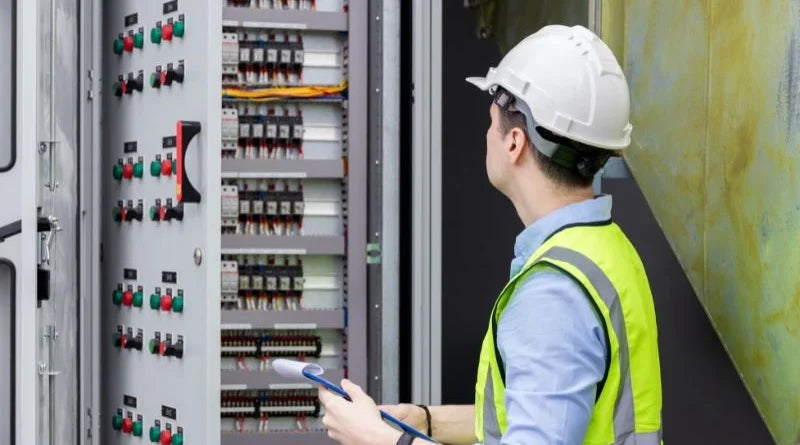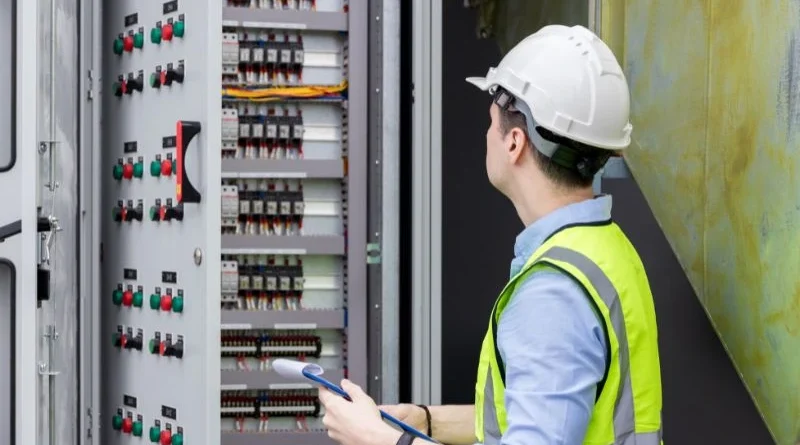
Effects of surges on power systems and devices
Overvoltages occur in electrical networks due to external and internal influencing factors. Voltage stress caused by surges can cause damage to cables and devices connected to the network.
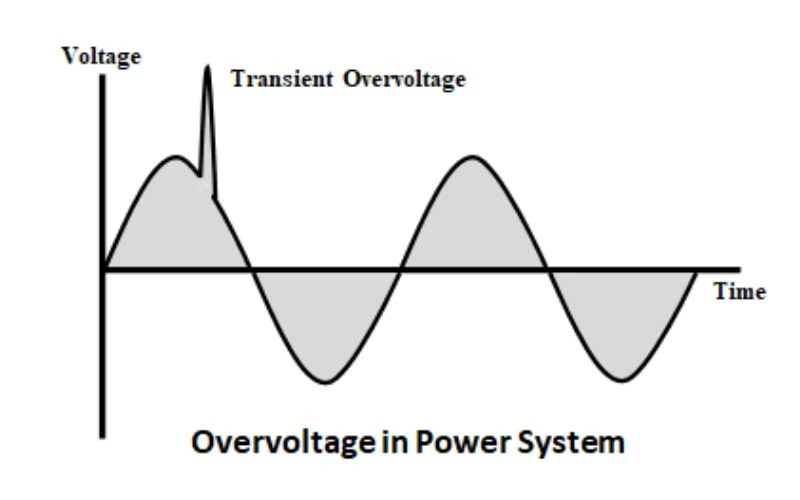
Power surges or spikes pose a significant risk to power systems and electrical equipment. These sudden voltage increases can result in equipment damage, malfunctions, and system failures. Understanding the causes and effects of surges is critical to implementing protective measures and ensuring the reliable operation of power systems.
Causes of Outbreaks
Surges in electrical systems that exceed standard voltage limits arise from lightning strikes, switching operations, faults, short circuits, and rapid load changes. Lightning-related overvoltages, switching operations, and sudden load changes can contribute to transient overvoltages, highlighting the importance of comprehensive system design for effective mitigation and protection.
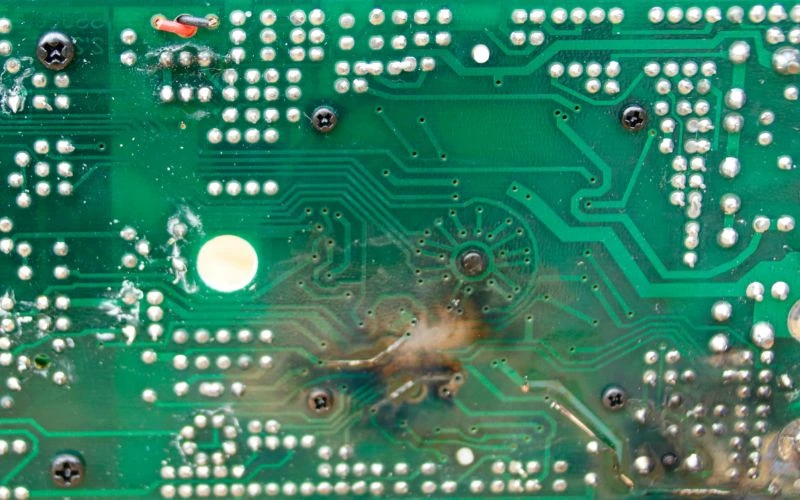
Lightning strikes
- Lightning is one of the most common causes of power surges.
- Voltage spikes caused by lightning can penetrate directly into power lines or induce voltage in neighboring conductors, causing temporary surges.
Switching operations
- Switching operations, such as operating circuit breakers, can produce temporary overvoltages.
- Rapid changes to circuits, including opening or closing switches, can result in voltage spikes that exceed normal operating levels.
Errors and short circuits
- Faults and short circuits in power networks can cause overvoltages.
- In the event of a fault, the sudden interruption of current flow can lead to voltage spikes and overvoltages.
Upload changes
- Rapid load changes, such as the sudden shutdown of large loads, can cause voltage spikes.
- Removing or adding loads suddenly may cause voltage fluctuations and temporary surges.
Effects of outbreaks
Surges in power systems can have far-reaching consequences. They overload equipment and lead to premature failures and downtime. Breaking the insulation poses a safety risk. Voltage sensitive devices experience malfunctions that affect operation. System instability causes outages and service outages. To prevent damage and ensure reliability, risk reduction is crucial.
Equipment damage
- Overvoltages can cause significant damage to electrical devices.
- Excessive voltage levels can overload insulation systems and cause insulation breakdowns, short circuits and equipment failures.
Reduced equipment life
- Overvoltages can accelerate the aging and deterioration of electrical devices.
- High voltages can damage insulating materials, resulting in premature equipment failure and reduced service life.
Operational interruptions
- Overvoltages can disrupt the normal functioning of power systems and electrical networks.
- Equipment malfunctions and system failures due to power surges can result in power outages, downtime and operational inefficiencies.
Security risks
- Overvoltages pose a safety risk to personnel working on or near electrical equipment.
- Voltage spikes can cause electric shocks, fires and other dangerous situations, putting people's safety at risk.
Economic impact
- Power surges can cause significant financial losses for companies and public services.
- Equipment repairs, replacement costs and operational disruptions due to power surges can have a significant economic impact.
External outbreaks
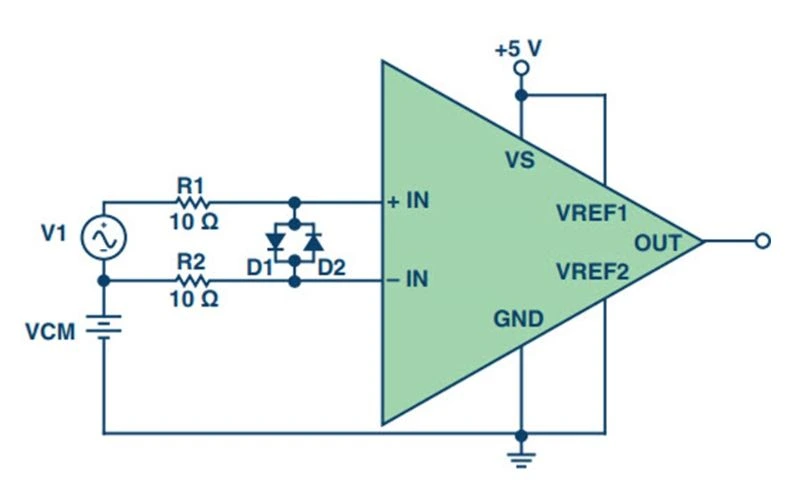
- Direct lightning
- Electromagnetically induced overvoltages due to lightning strikes occur near the “side impact line”.
- Atmospheric changes along the length of the line induce stresses.
- The electrostatically induced voltages are due to the presence of charged clouds nearby.
- Electrostatically induced overvoltages arise from the frictional effects of small particles, such as dust or dry snow, in the atmosphere or from changes in line height.
Mitigation and protection measures
To mitigate the risks of surges in power systems, a multifaceted approach to protective measures is essential. Voltage regulators play a key role in maintaining voltage levels within permissible limits. Surge arresters protect against transient voltage spikes by providing a low-impedance path for excess energy. Proper grounding and insulation coordination prevent unwanted voltage increases. Modern monitoring systems allow real-time detection and therefore rapid intervention. Using a comprehensive strategy of these mitigation measures ensures the resilience of electrical infrastructure and reduces the potential for disruptive impacts.
Surge Protection Devices (SPDs)
- Surge protection devices such as surge arresters are often used for surge protection.
- SPDs divert excessive voltage spikes to ground, preventing them from reaching sensitive equipment.
Voltage regulation and control
- Appropriate measures for voltage regulation and control can reduce the risk of overvoltage.
- Keeping voltage levels within acceptable limits through monitoring, automatic voltage regulators (AVRs), and tap switches can prevent surges.
Isolation coordination
- To prevent outbreaks, proper coordination of isolation is essential.
- Proper selection and application of insulation systems, taking voltage levels into consideration, can improve equipment insulation and resist surges.
Grounding and connection
- Effective grounding and bonding procedures are essential for managing surge risks.
- Proper grounding systems reduce the effects of voltage surges and provide a way to safely dissipate residual currents.
Conclusion
Understanding the causes and effects of surges in electrical networks is essential to implement protective measures and ensure the reliable operation of the electrical infrastructure. Lightning strikes, switching, faults, capacitor bank switching and load changes are the main causes of overvoltages.
These outbreaks can damage equipment, reduce its useful life, cause operational disruptions, pose safety risks and have economic consequences. By utilizing surge protection devices, implementing voltage regulation measures, improving insulation coordination, and following proper grounding and bonding procedures, power systems can mitigate the risks associated with surges, protect equipment, and ensure power continuity.
Common questions
What are the important components of electronic circuits?
Components are the parts or elements used in electronic circuits to perform specific functions, such as resistors, capacitors, diodes, transistors and transformers.
How does overcurrent protection prevent damage to electrical devices?
Overcurrent protection protects electrical devices by stopping current flow when it exceeds a safe limit. This prevents overheating and possible damage to the device.
What is the difference between overvoltage protection and overcurrent protection?
Overvoltage protection and overcurrent protection serve different purposes. Overvoltage protection prevents damage from voltage spikes, while overcurrent protection protects against excessive current flow.
What is the maximum heat tolerance of electronic components?
The heat tolerance of electronic components refers to the maximum temperature that the part can safely withstand without causing malfunction or damage. This value varies depending on the part and can usually be found in the technical data sheet.
How does a power supply regulate the supply voltage of electronic devices?
A power supply regulates the supply voltage by converting the input voltage to the desired output voltage using various methods such as transformers and voltage regulators. This ensures that electronic devices receive a stable and constant power source within the specified voltage range.

